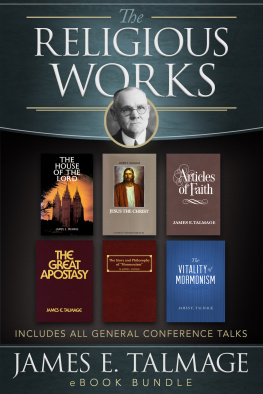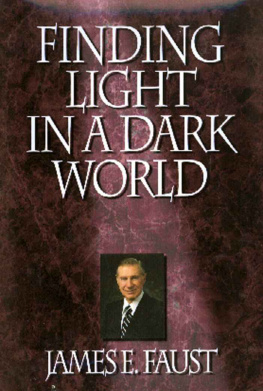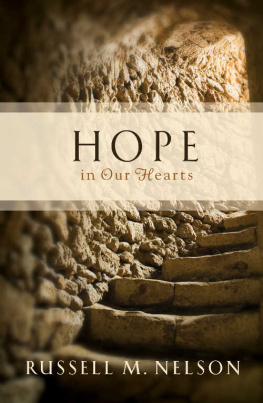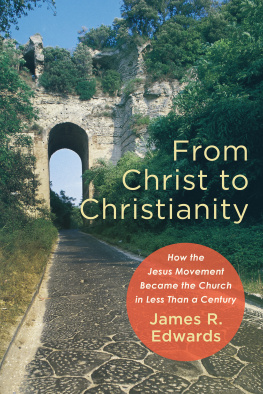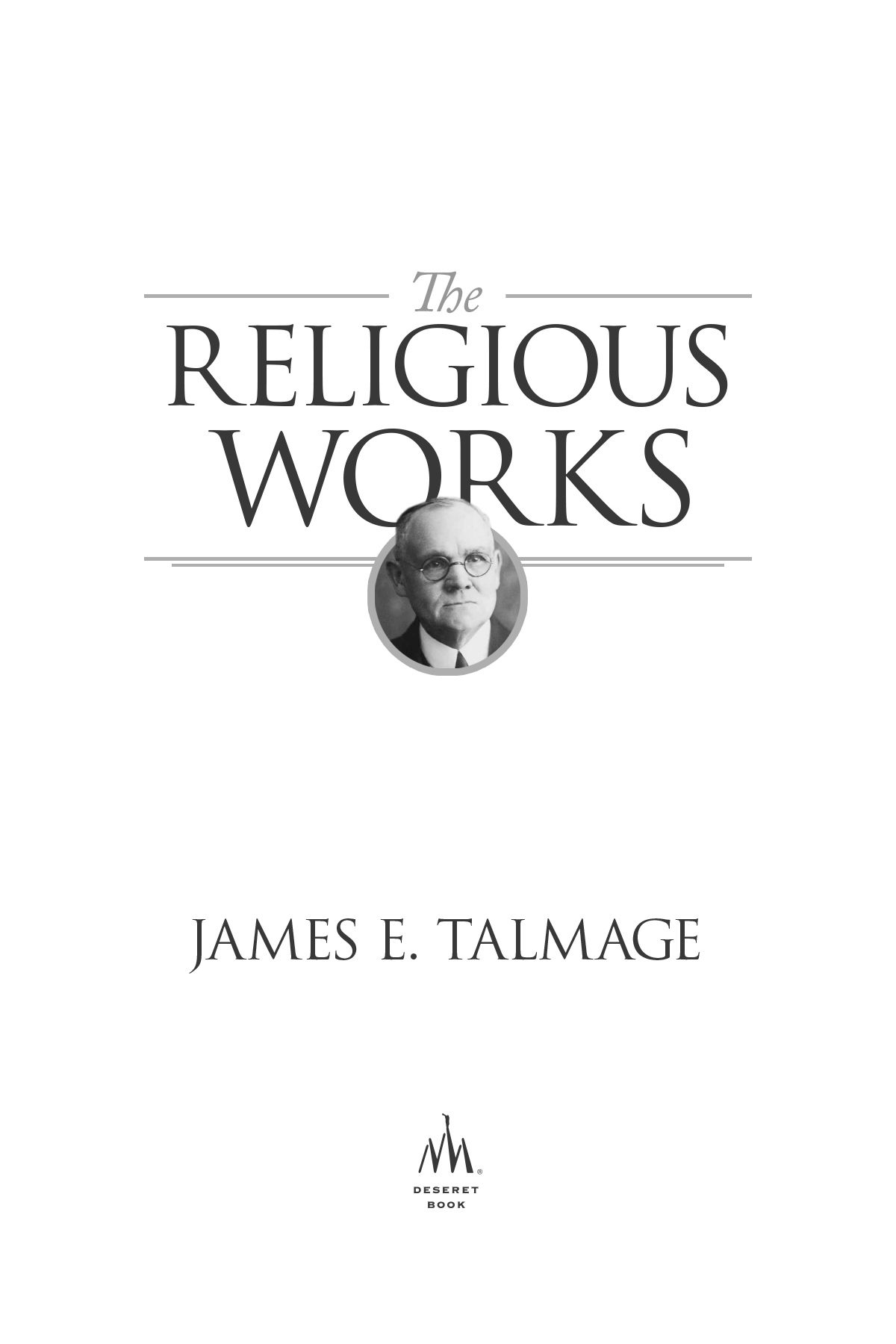2013 Deseret Book.
All rights reserved. No part of this book may be reproduced in any form or by any means without permission in writing from the publisher, Deseret Book Company (permissions@deseretbook.com), P.O. Box 30178, Salt Lake City Utah 84130. This work is not an official publication of The Church of Jesus Christ of Latter-day Saints. The views expressed herein are the responsibility of the author and do not necessarily represent the position of the Church or of Deseret Book. Deseret Book is a registered trademark of Deseret Book Company.
General Conference Talks Given by Elder James E. Talmage
April 1912
Elder James E. Talmage.
Easter significanceThe Resurrection a matter of faithMissionary work among the deadThe fathers and the children"Mormonism" an up-to-date religionPre-eminently a Christian church.
It is with feelings of genuine gratitude that I stand before you to add my testimony to those to which you have listened. A more inspiring sight than that before me could scarcely be imagined, and certainly could not be desired. It is doubtful if anywhere else in this great land a larger gathering graces this Easter day. I feel that the Latter-day Saints have manifested most praiseworthy interest in their religion, most commendable sincerity, and genuine devotion to the cause of truth in the attention they have given in this Conference.
This is indeed a day of days 16 all Christians. While it is true that the Easter celebration has its counterpart in many pagan customs, nevertheless Easter stands today for Christian belief, profession, and hope. It is the gladsome day of the year; and we believe that in this present year the anniversary comes at very nearly the actual and correct date. It is the anniversary of the greatest event in all history, the most effective miracle known to mana miracle surpassing all that the mind of man could of itself conceive. It was upon the day we now commemorate that victory over the tomb was proclaimed and the glad tidings of eternal life were made known.
The Latter-day Saints believe in a literal resurrection of the body. They accept the biblical doctrine in all its beauty and simplicity. They do not invest it with foreign mysteries, nor do they read into the sacred record interpretation and meaning not inherent therein. The Latter-day Saints believe that this life is a necessary part of the education of the soul, that it is a stage marking advancement and progression; that only those of the sons and daughters of God who were worthy were permitted to take upon themselves mortal tabernacles upon the earth. They believe that death is just as much a part of the divine plan as is birth; and that death is but a passing from one necessary stage to another yet more advanced. They believe, without question or doubt, that the body and the spirit shall again be united in a literal resurrection; and be it remembered, the resurrection of the body is the controlling thought and the central idea of Easter service. The man who believes in the resurrection of the body must base his belief upon revelation; and the man who so believes is inconsistent if he questions the truth declared in absolute and literal revelation from God.
It is a fact that we look around in nature vainly for any analogy of the resurrection. I have never been in harmony with the attempts of some to find analogies in nature where they do not exist relating to this great event of such surpassing importance. The egg, which is exhibited as the Easter symbol, has been pointed to as an instance of life after death. It has been said that the coming forth of the bird from the tomb-like recess of the egg is an instance of the return of life from death. The analogy is faulty; the example is not good; for be it understood that the egg that can hatch or may hatch is not dead; and if it be truly dead, it does not again come to life. The bursting forth of the buds in the spring time, the putting on of their foliage again by the trees, has been strained by some and pressed into service as another instance of a resurrection from the dead; but I believe that this is equally faulty, for the tree that is dead does not put forth leaves in the spring, and the plant that is dead does not again bear blossoms. The sleep of the insect by which it passes from the crawling larva into the death-like, corpse-like chrysalis, from which, after a time, the winged imago comes forth in all the glory of maturity, has been used by others as an instance of the resurrection. But, again, this is faulty and untrue, for the chrysalis is not dead and if it were it would not burst forth into the winged beauty that crowns the sequence of insect life. When we accept these natural occurrences as analogies of the bodily resurrection from death, we are lead to regard favorably also that analogy which some attempt to affirm, that the crucified Christ was not dead, but that He was in a state of coma, or trance, and came out from that condition by a simple process of revivification, and was seen again of men, not as an immortal Being but as a man who had been revived from a faint. Jesus died upon the cross. His spirit was literally and actually separated from His body; that body was not in a state of suspended animation, while still alive, that body was dead in the sense of being an untenanted tabernacle of clay, and it was only by the power of God that it could be again brought to life. Let us not deny the literalness of the resurrection as made known through the revelations of God. We believe that we shall in very truth die, and that the spiritthat immortal part of man, which existed before the body was framed, and which shall exist and continue to live after that body has gone to decay, that spirit shall take upon itself again this tabernacle of earthly element, immortalized, however, and destined to serve it as a fit garment through all eternity.
The Latter-day Saints have been charged with great literalness, with astounding simplicity, and as one critic put it to me, with a brutal materiality, in their doctrine. We acknowledge the charge in the sense in which it was meant, although we may object to some of the adjectives. The Latter-day Saints are just so simple-minded that they are willing to believe the Lord when He speaks, and take Him at His word. We rejoice in the hope and the assurance of a glorious resurrection. We rejoice in the work that was inaugurated at that first Easter period, for and in behalf of the dead. For while the body of the Christ lay in the tomb, as we learn beyond question, His spirit went to the spirits in prison, to those who were held in bonds because of their disobedience, to those who had not been privileged to learn of the redeeming efficacy of the Gospel; and He introduced and inaugurated there a missionary labor that has been going on ever sincea missionary work compared with which that which we attempt to do here upon earth, with our two thousand missionaries out in the field, is not even as a drop compared to the ocean. Men are needed for missionary service among the dead. Who are the dead but those who once have lived? God is Lord of both the living and the dead; and all live unto Him. If it be true that the man who is now living cannot hope to enter into the Kingdom of God unless he complies with the simple law and requirement laid down by the author of our salvation, namely, that we must be born of water and of the spirit, that applies equally to each and every one of the uncounted myriads who have lived and passed beyond.
The doctrine of salvation for the dead came as a revelation to the earth. It had to be made known anew; for while it had been known of old, it, like many other of the saving doctrines of the Gospel, had been lost sight of and forgotten. The labor in behalf of the dead was cited by Paul, an apostle of old, as an argument and evidence of the resurrection: said he: "Else what shall they do which are baptized for the dead, if the dead rise not at all? Why are they then baptized for the dead?" Throughout the centuries of the deep night of the apostasy, not a single ordinance was performed in behalf of the dead. Yet, the ranks of the dead at that time were increasing by uncounted thousands. We are greatly behind in the work, but the Lord has provided a means by which it shall be done, and by which it is the privilege of those who come in at the door themselves to hold that door open to admit others, others who were once among the living and are now among the dead.

